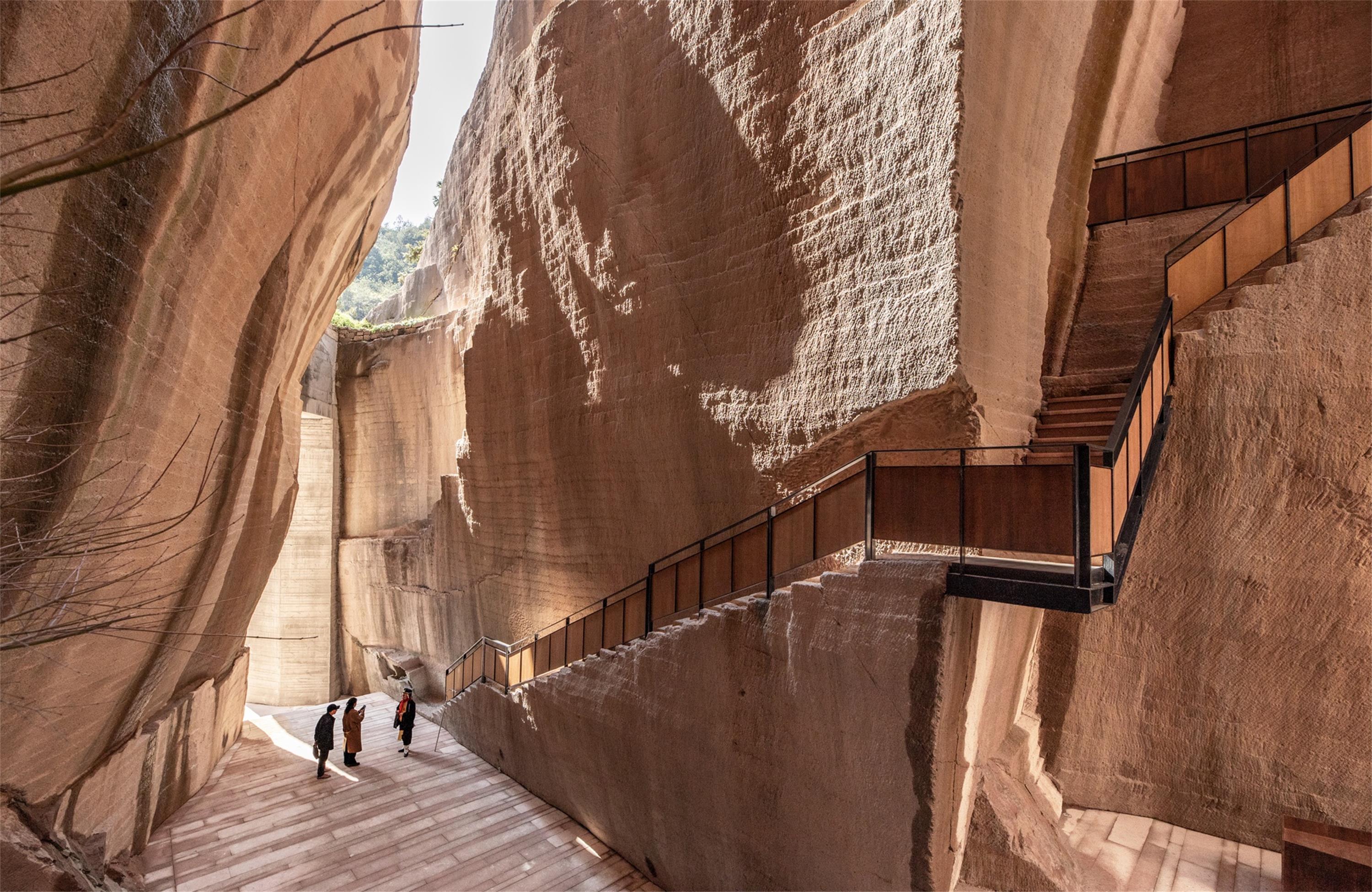Notes
1
“Scientists Show Large Impact of Controlling Humidity on Greenhouse Gas Emissions,” National Renewable Energy Laboratory (blog), March 14, 2022. See ➝.
2
Daniel A. Barber, “After Comfort,” Log 47, 49.
© 2024 e-flux and the author
